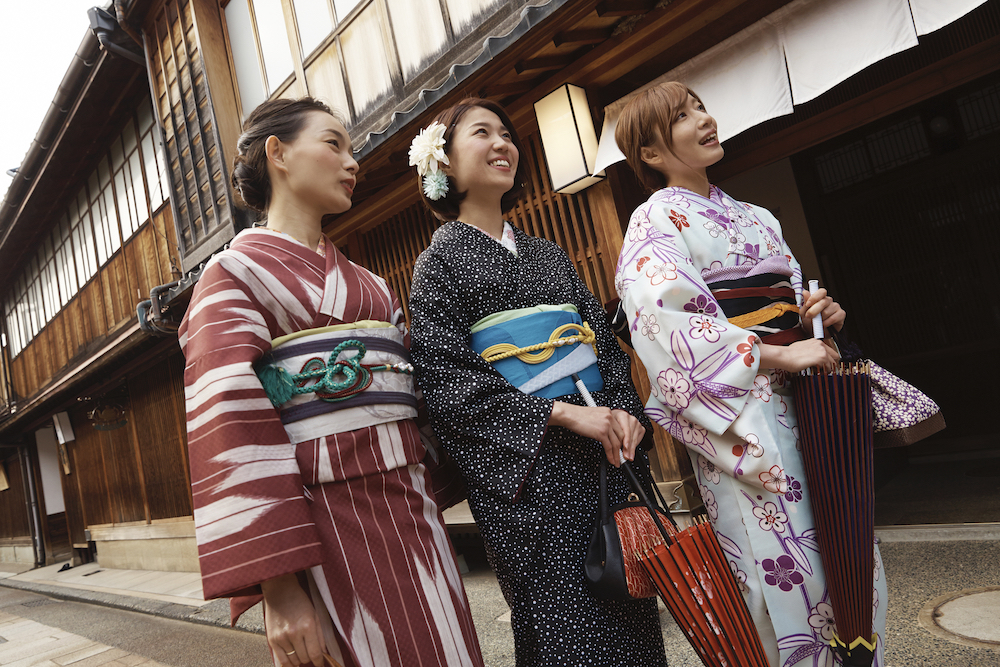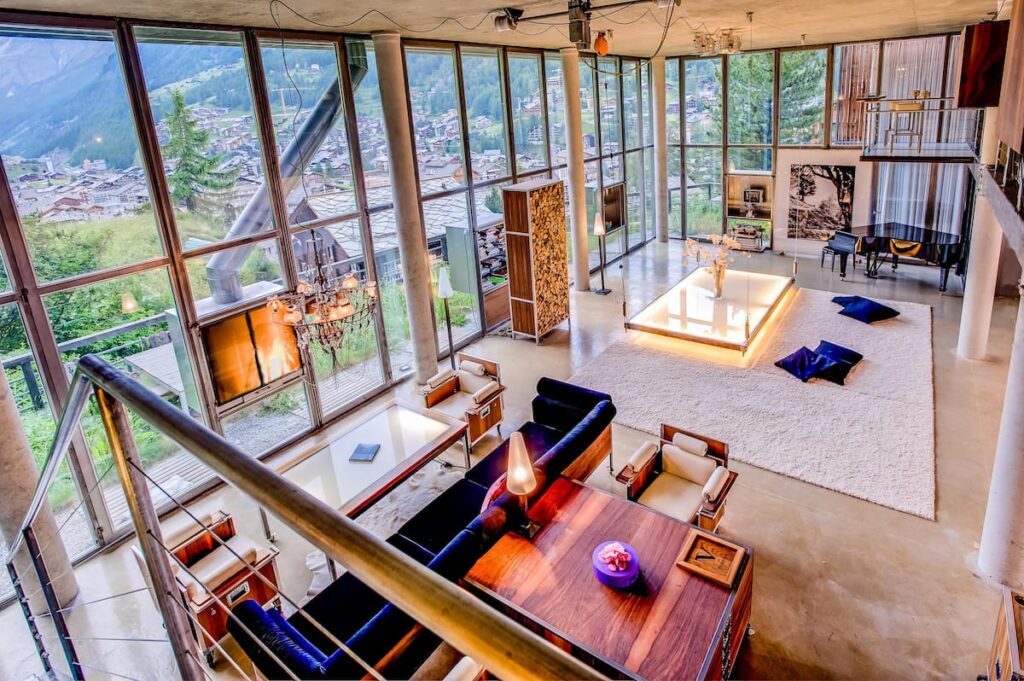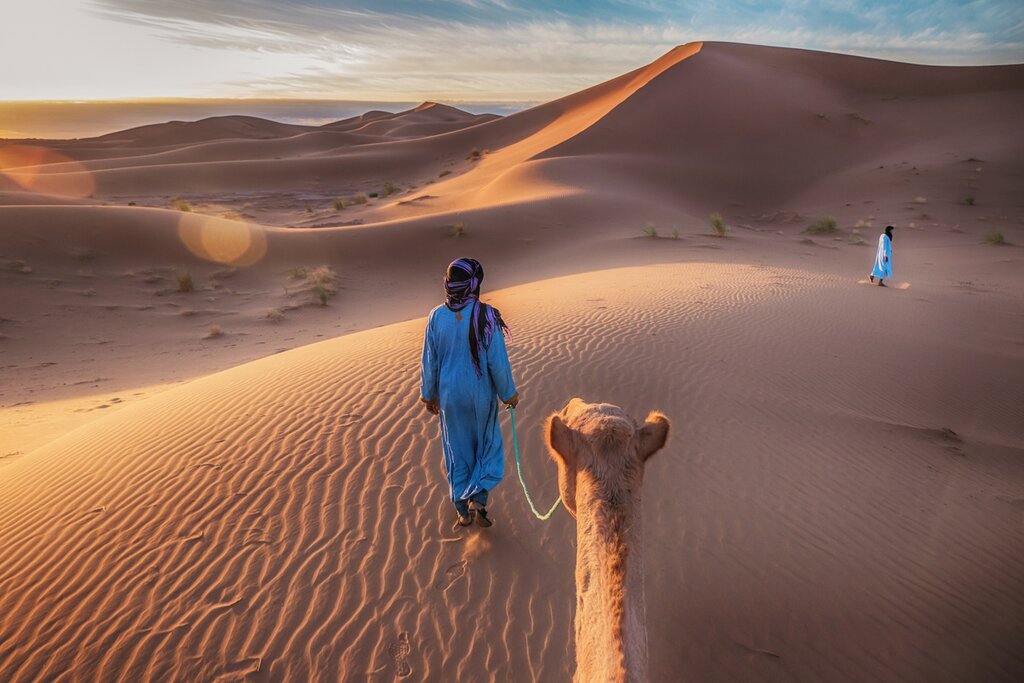Let’s be honest—when we travel, it’s not just about the landmarks or the food (though those are definitely high on the list). It’s about stepping into another world, feeling its pulse, and sometimes even wearing it.
There’s something undeniably magical about traditional looks around the globe. These outfits aren’t just clothing—they’re history, identity, art, and storytelling woven into fabric. Whether it’s the intricate embroidery of a Romanian blouse or the bright silk of a Japanese kimono, traditional looks can make you feel instantly connected to a culture, even if you’re just visiting for a few days.
So, if you love fashion and wanderlust, come along. Let’s take a stylish tour through some of the most beautiful, meaningful traditional looks from around the world—and maybe inspire your next travel wardrobe too.
Why We’re Drawn to Traditional Looks
Traditional looks are often passed down through generations, shaped by geography, climate, culture, and occasion. They’re rich in symbolism—every thread, motif, and color tells a story. And today, many designers are blending these heritage elements into modern fashion, making folklore the new frontier of style.
Take, for instance, how fashion runways have echoed influences from indigenous beadwork in Latin America to the layered silhouettes of Indian attire. What was once “folk” is now fashion forward—and honestly, that’s what makes traditional looks so fascinating.
1. Japan: The Grace of the Kimono

Few garments are as iconic as the Japanese kimono. With its flowing lines, intricate prints, and seasonal symbolism, the kimono is elegance defined. Traditionally worn for festivals, weddings, and tea ceremonies, each kimono reflects not just personal style but also the time of year and social occasion.
Even in Tokyo’s bustling Harajuku district, you’ll spot young creatives giving the kimono a modern twist—pairing it with sneakers, leather belts, or bold accessories. It’s a striking example of how traditional looks evolve while staying rooted in cultural pride.
Pro Tip: If you’re visiting Japan, rent a kimono for a day in Kyoto. Strolling through bamboo forests in silk layers is a memory you won’t forget.
2. India: A Kaleidoscope of Color and Texture

India is a treasure trove of traditional looks, and each region brings something unique to the table—whether it’s the mirror-worked ghagras of Gujarat, the handwoven saris of Bengal, or the rich velvet sherwanis of the north.
Wearing a sari might seem intimidating at first, but it’s surprisingly empowering. There’s an art to the drape, a rhythm to how it flows. And with over 100 regional styles, no two saris are exactly alike.
One traveler I met in Jaipur summed it up perfectly: “When I put on a sari, I felt like I was walking in the footsteps of queens.”
3. Mexico: Embroidery With Heart

Mexico’s traditional looks are bold, vibrant, and full of joy. Think embroidered blouses (huipils), colorful rebozos, and voluminous skirts with floral prints. Every stitch is done with intention—often handmade by indigenous artisans who preserve techniques passed down for centuries.
In Oaxaca, I visited a family-run workshop where women still use natural dyes and backstrap looms. They told me each design was inspired by dreams, animals, or local legends. Wearing their pieces didn’t feel like fashion—it felt like storytelling.
4. Norway: Nordic Simplicity with Meaning

Let’s not forget Europe’s cooler climates. Norway’s traditional bunad might look simple at first glance, but every color, brooch, and sleeve cut represents a specific region or family lineage. They’re worn during special events like Constitution Day or weddings, and each is custom-made—meaning no two are the same.
Pair a wool bunad with silver jewelry and you’ve got a look that’s both regal and rustic. It’s proof that traditional looks don’t always have to be loud to leave an impression.
5. Morocco: Desert Royalty Meets Urban Cool

Morocco’s caftans and djellabas are the definition of breezy elegance. These flowing robes—often adorned with gold trim, tassels, and embroidery—are worn during religious festivals and celebrations. But head into Marrakech and you’ll find a younger crowd blending tradition with trend: pairing vintage caftans with leather boots or oversized sunglasses.
It’s a lesson in versatility: traditional looks can be ceremonial and stylishly casual, depending on how you wear them.
How to Respectfully Style Traditional Looks
It’s one thing to admire traditional clothing. It’s another to wear it with sensitivity. Here are a few tips to keep your travel looks respectful:
- Learn the story behind what you’re wearing. Who made it? What does it mean?
- Buy directly from artisans or local markets whenever possible.
- Don’t costume. If an outfit is sacred or ceremonial, ask before trying it on.
- Mix, don’t mimic. It’s okay to incorporate traditional elements into your modern wardrobe—just do it with thought and gratitude.
Where to Find Traditional Looks Today
Thanks to global awareness and support for slow fashion, many traditional artisans now sell their creations online. Look for ethical platforms that highlight craftsmanship—like MaisonCléo (France), Sabyasachi (India), or Caravana (Mexico). These brands blend heritage with high fashion, proving that traditional looks are timeless and truly wearable anywhere.
Final Thoughts: Tradition Is Always in Style
What makes traditional looks so powerful is their soul. They’re not just garments—they’re living memories, personal histories, and vibrant cultural expressions. And when we choose to wear them, we’re not just embracing a style—we’re celebrating the people, stories, and landscapes that shaped it.
So next time you pack your bags, leave room for something hand-stitched, handwoven, or full of heritage. Because when fashion meets folklore, magic happens.
